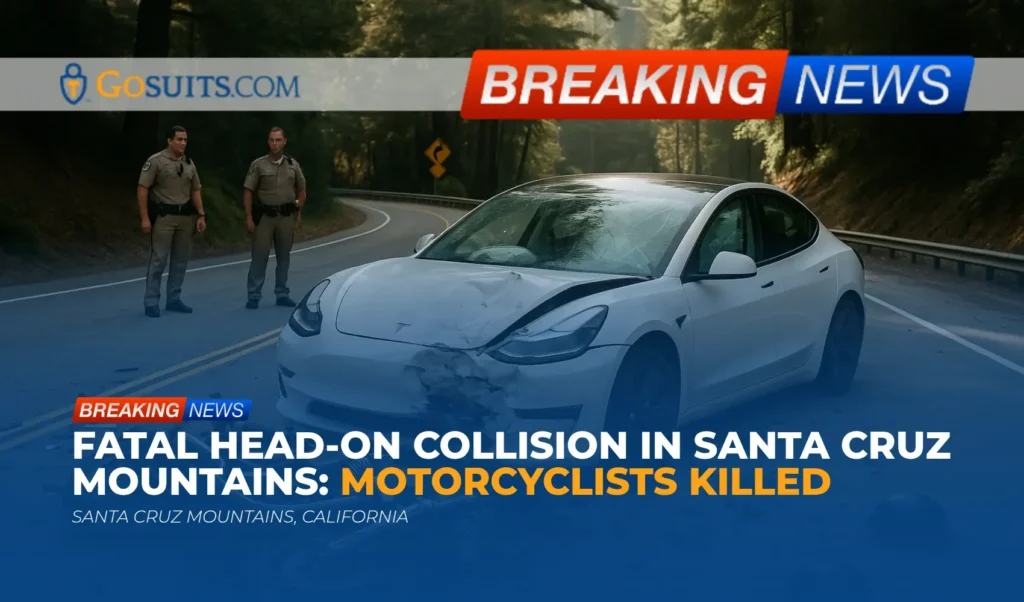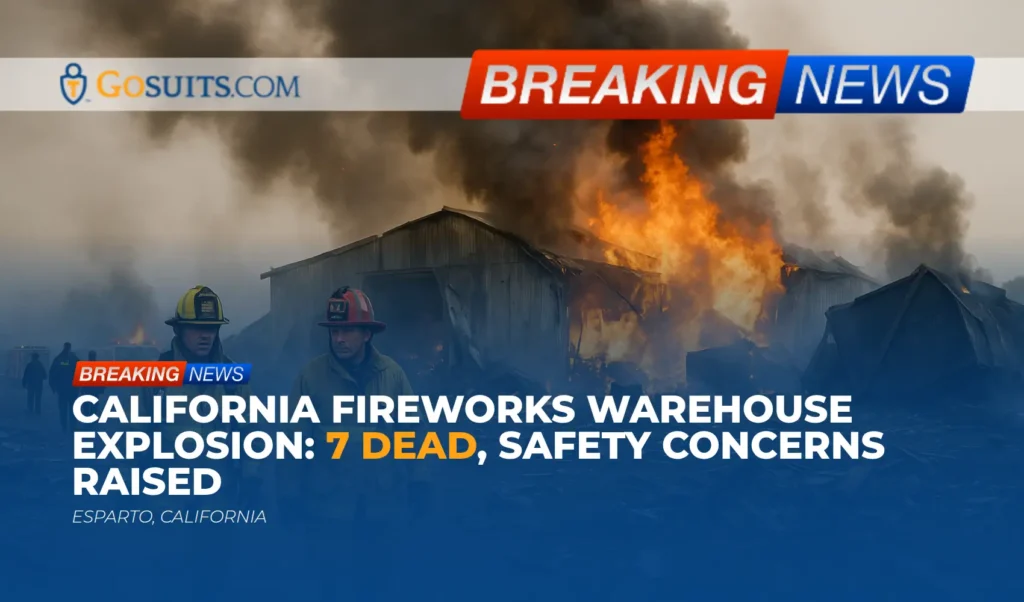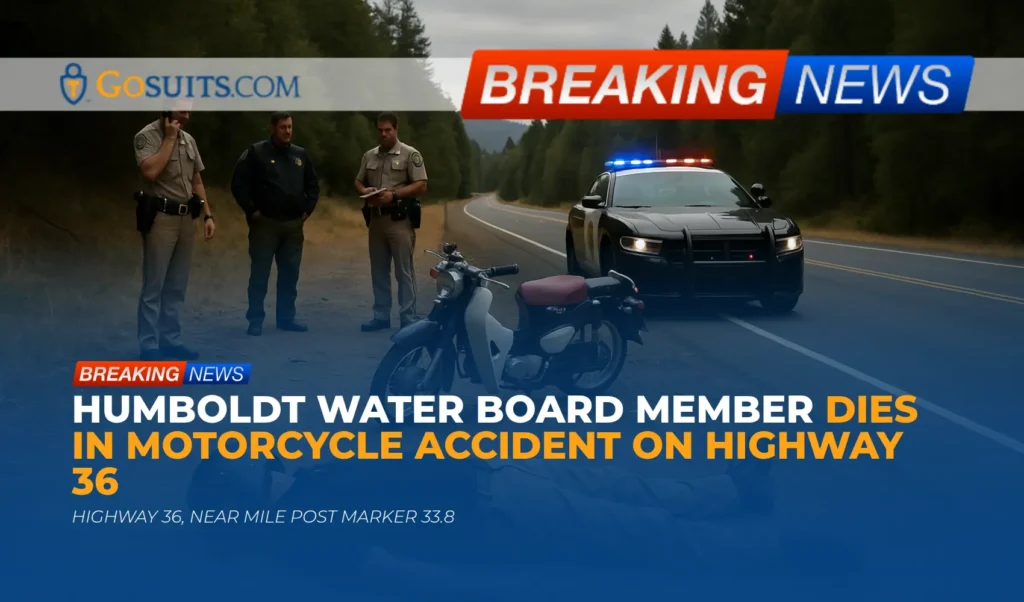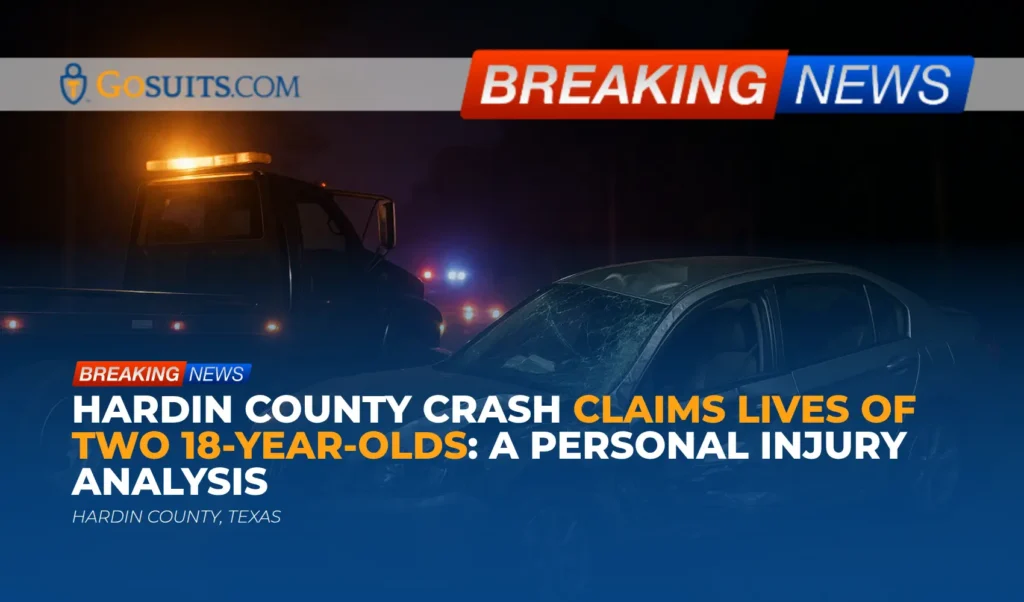Motorcyclists Killed in Head-On Collision with Tesla in Santa Cruz Mountains
A tragic incident in the Santa Cruz Mountains has claimed the lives of two motorcyclists following a head-on collision with a Tesla Model 3. The collision occurred on Saturday afternoon along State Route 9, just south of State Route 35. The victims have been identified as a 61-year-old man and a 59-year-old woman from Hayward, California.
According to the California Highway Patrol (CHP), the incident took place at approximately 4:47 p.m. An 18-year-old woman was driving a white Tesla Model 3 northbound on State Route 9 when it collided with a Harley-Davidson motorcycle traveling southbound. The speeds of both vehicles at the time of the collision are currently undetermined.
CHP officers reported that the motorcycle riders were ejected from their bike and pronounced dead at the scene. The driver of the Tesla was wearing a seatbelt and was not injured in the collision. The motorcycle riders were wearing helmets.
The cause of the crash is currently under investigation. The CHP has stated that it is unknown whether drugs or alcohol were factors in the crash. Authorities are working to determine the sequence of events that led to the head-on collision.
Understanding Head-On Collisions
Head-on collisions are among the most severe types of traffic accidents, often resulting in serious injuries or fatalities. These collisions occur when the front ends of two vehicles collide, and the force of impact can be devastating, especially when high speeds are involved.
Several factors can contribute to head-on collisions, including:
- Driver Error: This can include distracted driving (texting, eating, or other activities), drowsy driving, or aggressive driving behaviors such as speeding or reckless lane changes.
- Driving Under the Influence: Alcohol and drugs can significantly impair a driver’s judgment and reaction time, increasing the risk of accidents.
- Poor Road Conditions: Weather conditions, such as rain, fog, or snow, can reduce visibility and make roads slippery, leading to accidents. Poorly maintained roads with inadequate signage or lane markings can also contribute to collisions.
- Mechanical Failure: Vehicle malfunctions, such as brake failure or steering issues, can cause a driver to lose control of their vehicle and collide with oncoming traffic.
Legal Implications in Head-On Collisions
When a head-on collision occurs, determining liability is crucial for the injured parties or the families of those who have died. Liability refers to the legal responsibility for causing the accident. In personal injury cases stemming from motor vehicle accidents, establishing negligence is often the key to recovering damages.
Negligence generally involves proving that a driver failed to exercise reasonable care while operating their vehicle, and that this failure directly caused the collision and resulting injuries or fatalities. Examples of negligence in a head-on collision may include:
- Speeding or driving too fast for conditions
- Driving under the influence of alcohol or drugs
- Disregarding traffic signals or signs
- Improper lane usage or crossing the center line
In cases where negligence is established, the at-fault driver may be held liable for damages. These damages can include:
- Medical Expenses: Covering past and future medical bills, including hospitalization, surgery, rehabilitation, and medications.
- Lost Wages: Compensating for lost income due to the inability to work because of injuries sustained in the accident.
- Pain and Suffering: Providing compensation for the physical pain and emotional distress caused by the accident and injuries.
- Property Damage: Covering the costs of repairing or replacing damaged vehicles or other personal property.
- Wrongful Death: In cases of fatal accidents, the families of the deceased may be able to pursue a wrongful death claim to recover damages for their loss, including funeral expenses, loss of financial support, and loss of companionship.
The Role of Technology in Accident Investigations
In this specific case, the involvement of a Tesla Model 3 raises questions about the role of technology in the accident. Tesla vehicles are equipped with advanced driver-assistance systems (ADAS), including features like Autopilot, which can assist with steering, acceleration, and braking. While these systems are designed to enhance safety, they are not foolproof and do not replace the need for attentive driving.
Accident investigators may examine the vehicle’s data logs to determine if ADAS features were engaged at the time of the collision and whether they functioned as intended. This data can provide valuable insights into the circumstances leading up to the crash and help determine if technological factors played a role.
It’s important to note that even with advanced technology, drivers must remain vigilant and ready to take control of their vehicles. Distracted driving or over-reliance on ADAS can lead to accidents, and drivers are ultimately responsible for the safe operation of their vehicles.
Motorcycle Accidents and Safety Considerations
Motorcycle accidents often result in severe injuries or fatalities due to the limited protection afforded to riders. Unlike passenger vehicles, motorcycles lack the structural frame and safety features like airbags and seatbelts. As a result, motorcycle riders are more vulnerable in a collision and may suffer serious trauma, such as head injuries, spinal cord injuries, broken bones, and internal injuries.
In this incident, the motorcycle riders were wearing helmets, which likely provided some degree of protection. However, even with helmets, the force of a head-on collision can be catastrophic.
Motorcycle safety is a shared responsibility. Motorcyclists should take steps to enhance their safety by:
- Wearing appropriate protective gear, including helmets, gloves, jackets, and boots
- Ensuring their motorcycle is well-maintained and in good working condition
- Practicing defensive riding techniques
- Being aware of road hazards and other vehicles
Other drivers also have a responsibility to share the road safely with motorcyclists. This includes:
- Being aware of motorcycles and their smaller size
- Checking blind spots before changing lanes
- Maintaining a safe following distance
- Yielding the right-of-way when appropriate
Commentary from Gosuits Santa Cruz, California Personal Injury Attorney
This tragic incident in the Santa Cruz Mountains underscores the devastating consequences of head-on collisions. The loss of life in such accidents is heartbreaking, and the families of the victims face immense emotional and financial challenges. Understanding the legal avenues available to those affected by such tragedies is crucial. A thorough investigation into the accident’s cause is essential to determine liability and ensure that those responsible are held accountable. This involves a comprehensive review of the accident scene, vehicle data, witness statements, and police reports. Seasoned personal injury attorneys play a critical role in navigating these complex investigations and advocating for the rights of the injured and their families.





